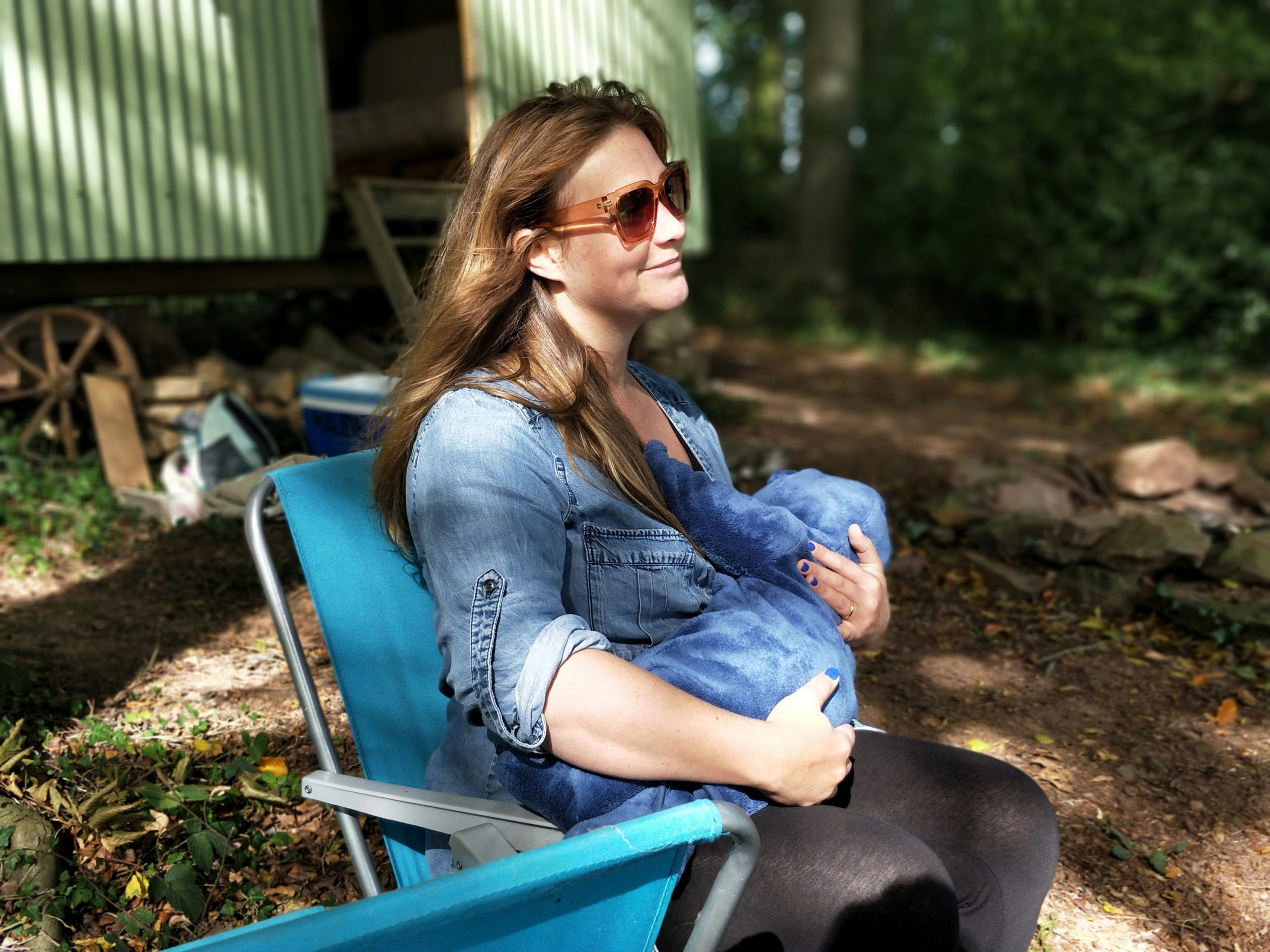If you are a new mum and keen to breastfeed your baby, it’s worth getting things right from the start. Of course, you want your baby to feed well, latching on correctly and feeling comfortable. But what about you and your well-being? Breastfeeding is a big commitment, involving a lot of time sitting with your baby – and that means new demands for your postpartum body. Combine this with physiological changes to your body, and you might begin to realise how important it is to look after your posture. After all, you’re in this for the long term!
So what’s the result of poor breastfeeding posture on your body? Let’s look at three ways it affects your musculoskeletal system and a few suggestions to avoid aches and pains.
Forward head posture
When you have a ‘good posture’, your head will align with your spine. Forward Head Posture (FHP) occurs when you habitually hold your head forward of your spine. It can happen because you are spending hours bent over your baby.
FHP can cause neck pain, headaches and balance issues.
A 2014 study found that forward head posture loads increasing weight on the spine – after all, the head is heavy! The further forward it leans, the heavier the load grows. TO continue holding this weight, other muscles are strained, including
- deep neck flexors, including the longus capitis and longus colli
- scapular stabilizers and retractors, such as the rhomboids, middle and lower trapezius, teres minor, and infraspinatus
- deep upper cervical extensors, such as the longissimus capitis, splenius capitis, cervical multifidus, and upper trapezius
- shoulder protractors and elevators, such as the pectoralis minor, pectoralis major, and levator scapula
Rounded shoulders
The term “rounded shoulders” is used to describe a resting shoulder position that has moved forward from the body’s ideal alignment. In breastfeeding mums, it can happen for a number of reasons as follows
- The weight of your bigger breasts may pull you forward into a slumped shoulder position
- Long hours spent carrying your baby and holding him or her to your breast
Posterior pelvic tilt
Posterior pelvic tilt is a condition in which the front of the pelvis rises and the back of the pelvis drops, while the pelvis rotates upwards. It causes you to stand or sit with your tailbone tucked under you and can cause pain in the legs and lower back.
It happens to breastfeeding mums for a number of reasons. If your pelvic floor is still feeling sore after giving birth, you may tend to sit back onto your tailbone in order to avoid pressure on the area. It might also happen after your centre of gravity shifts once your baby belly shrinks.
Support for good breastfeeding posture
Try propping your back with pillows, especially if you are used to sitting on a soft sofa or chair. This will help avoid a slump towards the back of the chair. You can also use a rolled up towel to support your lower back.
Take frequent breaks to get up, stretch and move around. Try doing this for 30 seconds every 30 minutes to raise your arms up high, roll your shoulders back and down, and tucking your chin in while lengthening the back of your neck.
The NHS has a list of good breastfeeding positions – try alternating between these to avoid getting stuck in any one position for too long.
Finally, if you are experiencing back, neck or leg pain after breastfeeding, call in for a free assessment with one of our osteopaths. We offer a specialist Mummy MOT to ensure you and your baby get off to a great start!
Book your appointment now
It couldn’t be easier to book your appointment with Osteo & Physio! Book a session via our app, website or call our friendly reception team on 0345 5577788.

